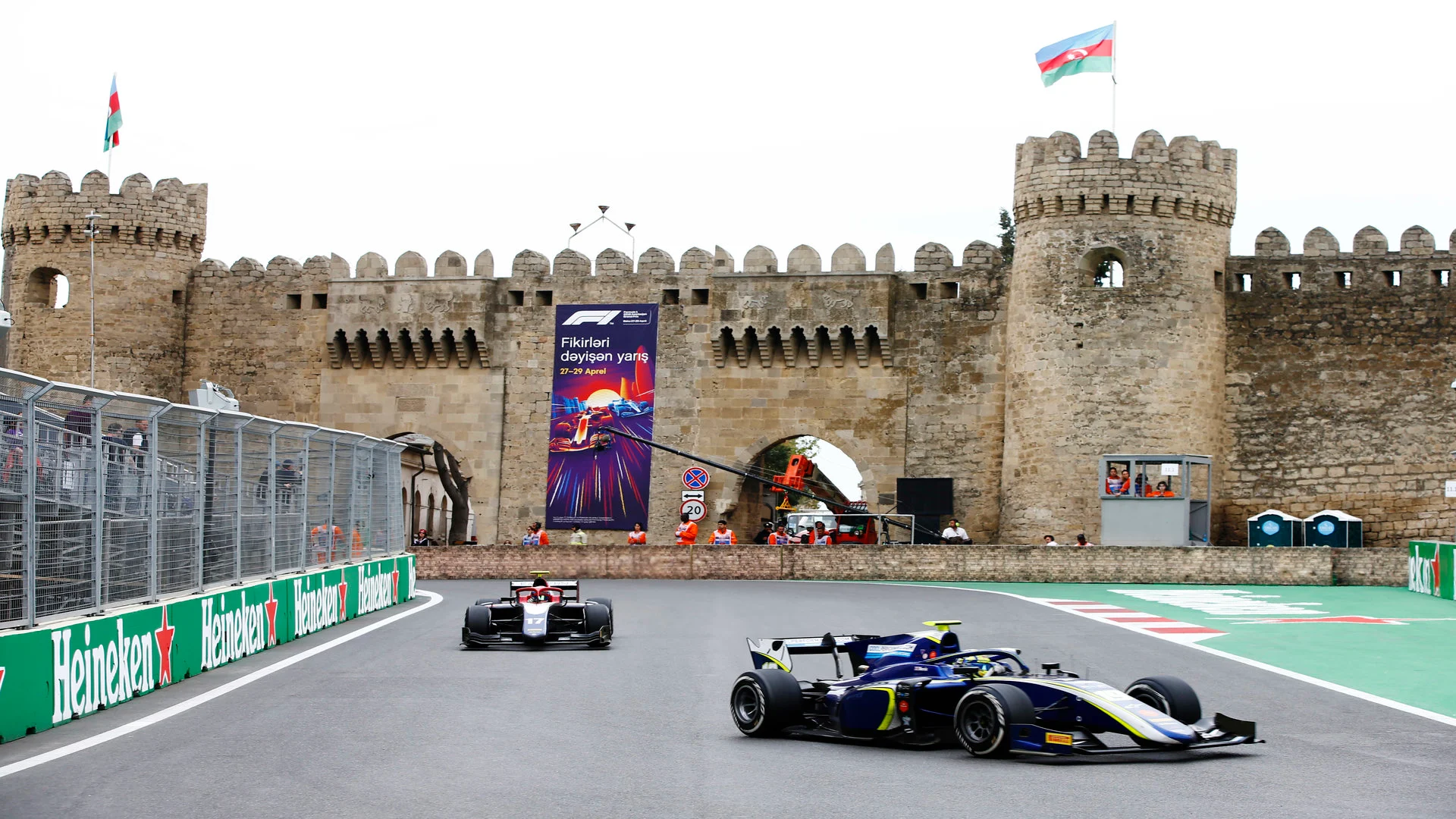
The final flyaway race before the start of the European season is upon us, with a trip to one of the newer venues on the calendar and the Azerbaijan Grand Prix. Here's why we love going racing at the Baku City Circuit...
1. The long, long straight that's not a straight
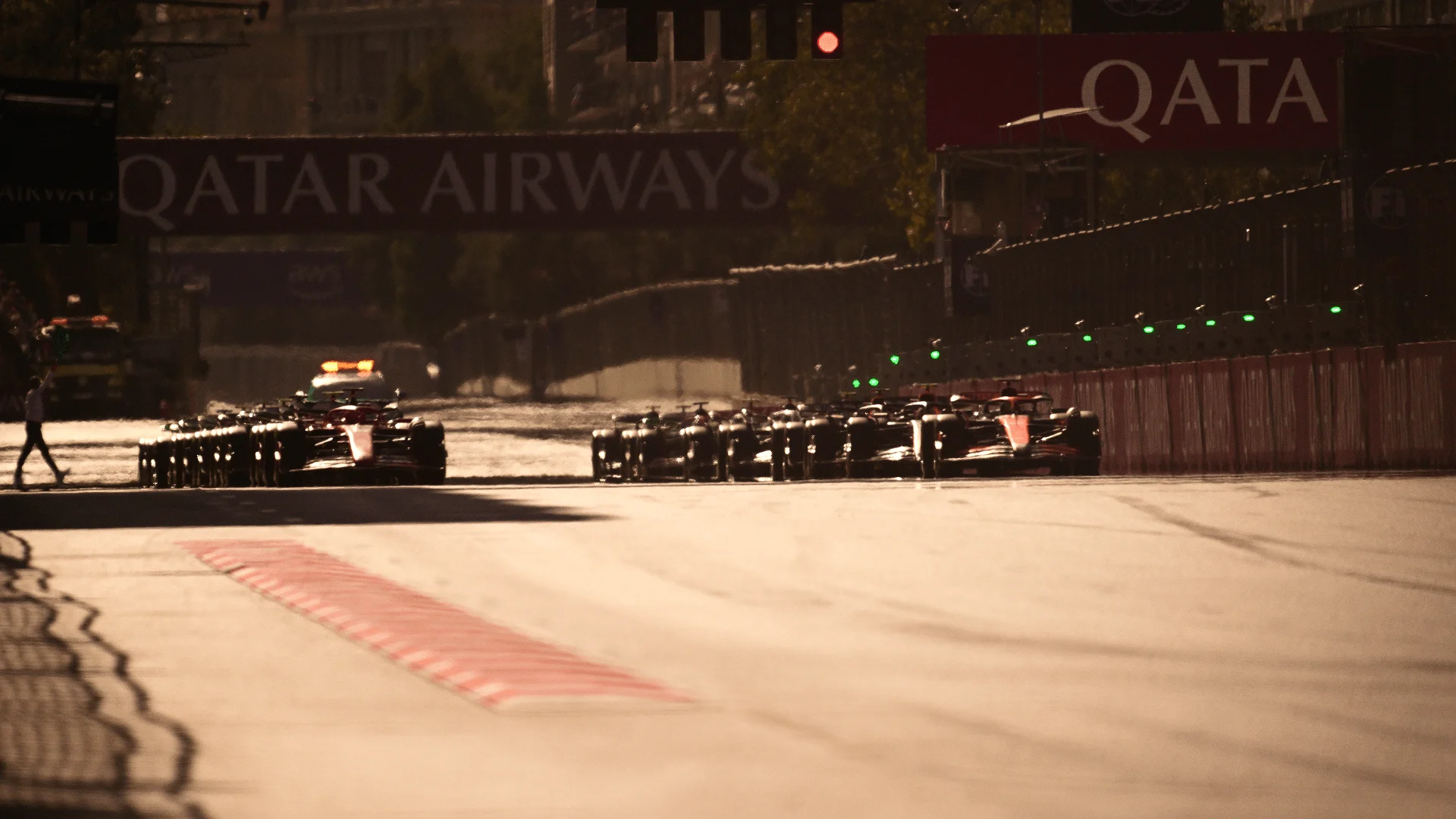
We had a flat-out section of 1.2 kilometres at the last race in China, but that pales into insignificance when it comes to what Baku has to offer. From the moment the drivers get back on the throttle exiting Turn 16 to the time they will hit the brakes for Turn 1 is a whole 2.2 kilometres spent with their right foot pinned to the floor.
It’s not all time that can be used catching their breath though, with the Turn 18 and Turn 19 section seeing the cars changing direction at high speed through the walls at over 300kph, even if the down-force levels make both of those corners easy flat.
Once through there, it’s pretty much a straight line to the end of the lap, with a DRS section for good measure to boost the top speed even more. All of that adds up to a prime overtaking opportunity into Turn 1, which is not always easy to come by on a street circuit.
2. It features the tightest section of track on the calendar
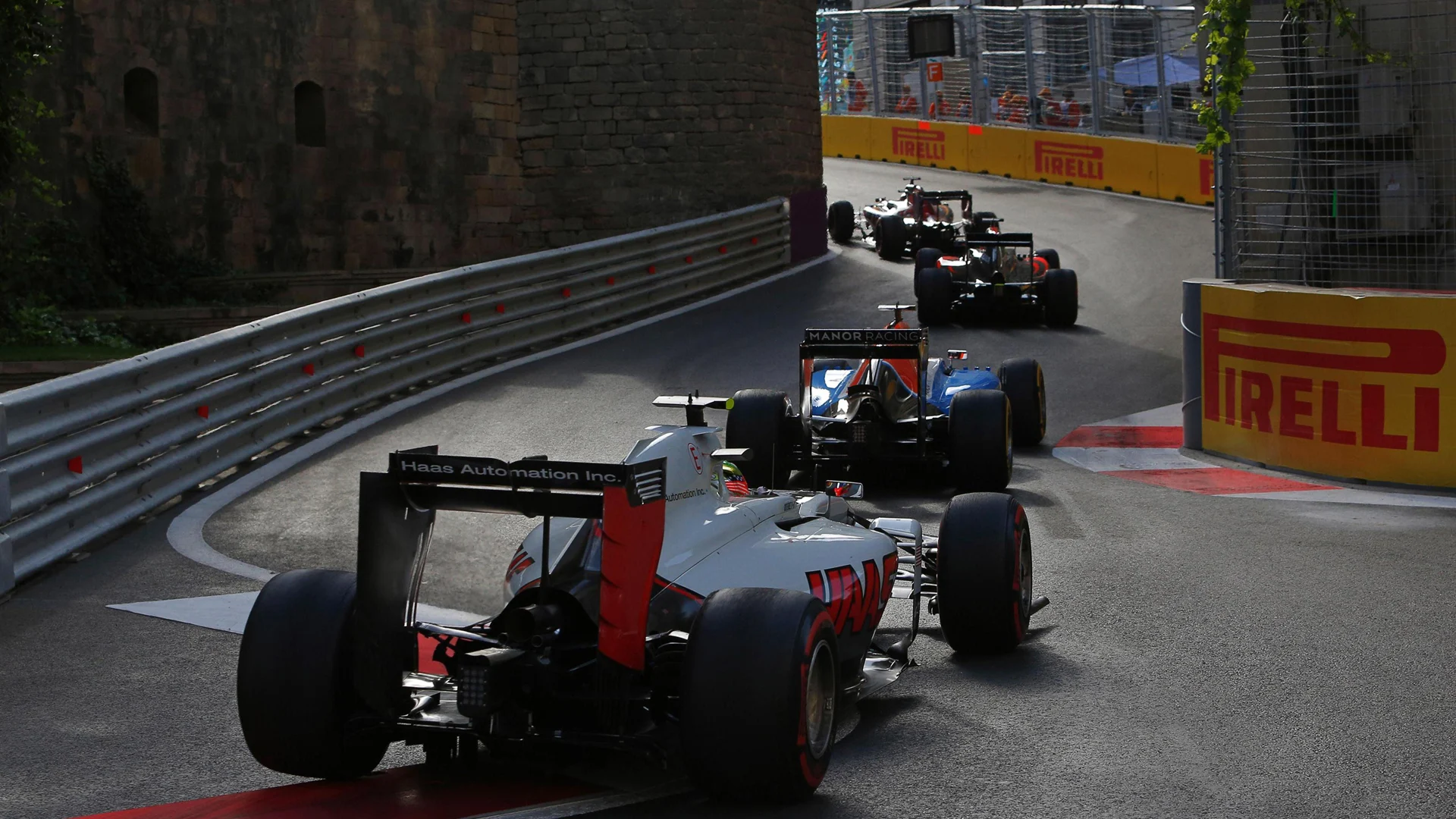
Guiding their cars between the walls towards the end of the lap might not be the most challenging sec-tion of track for the drivers, but there’s a section where it’s like threading the eye of a needle.
The three corners at turns 8, 9 and 10 cut between city buildings on the right and the walls of Baku Old City on the left. But it’s not just any wall, with it protecting what is World Heritage Site as classi-fied by UNESCO.
That’s a unique enough aspect to have in isolation, but the desire to have the track wrapping around the Old City meant it had to cut through an extremely small gap before widening to a more recognisa-ble width for a race track.
At its tightest point, this section of track is just 7.6 metres wide. Seeing as an F1 car is currently around two metres wide, and these are corners, it’s clear that the utmost precision is required from a driver through this section. We’ve already seen it catch drivers out in practice, while the Formula 2 race in 2017 featured a pile-up at this corner, with no space for cars to pass once one has hit the wall.
Unique and challenging – what’s not to love?
3. It gets the engineers scratching their heads
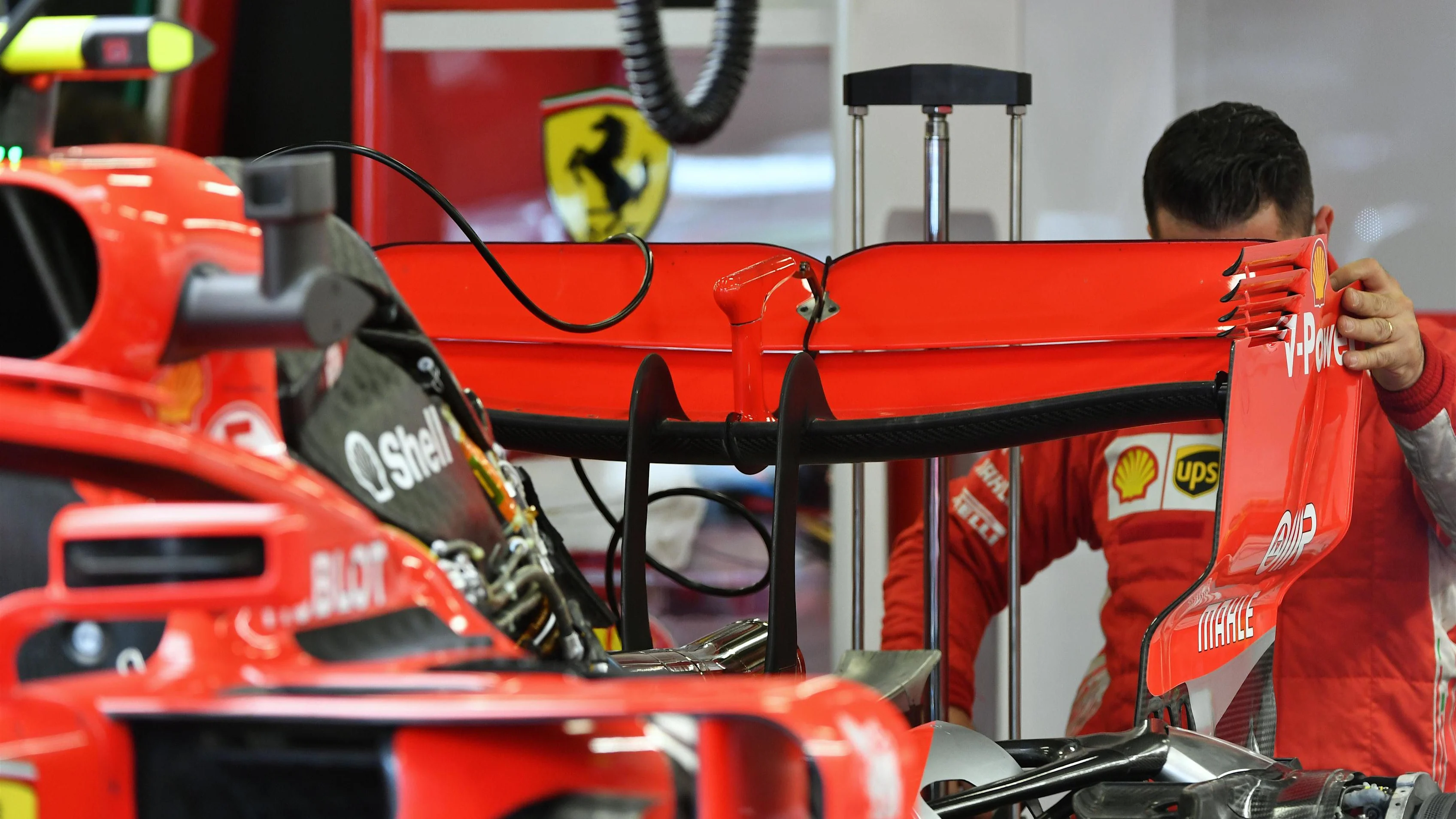
So we’ve covered a massive flat-out section and a really tight sequence of corners, which both require very different things from a car. Add in some 90-degree corners requiring good traction early in the lap, and higher-speed turns in the later part before it becomes flat-out, and the Baku City Circuit has a little bit of everything.
At over 6km long and with 20 corners, the track is a good all-round test of a car, and that means there is a tricky trade-off for engineers to have to work out. Do you go for a low downforce set-up, focus-ing on high top speed and making the most of Turn 16 to Turn 1 but losing out in the other corners? Or do you increase the wing angle and make up time in the numerous turns but potentially be a sitting duck on the straights?
Such wide-ranging demands from the circuit mean no car is perfectly suited to the track, opening up the possibility for some of the midfield teams to be closer to the frontrunners. And for fans of unpredictability, that's always something to celebrate, speaking of which...
4. Races are impossible to predict
The three races to-date in Baku have all seen at least one surprise on the podium. Force India (now Racing Point) will have fond memories of Baku, with Sergio Perez finishing third in both 2016 and 2018, while it was Perez’s new team mate Lance Stroll who took the only podium of his career to date with third place for Williams in 2017.
The focus on the circuit layout highlights what a challenge Baku is, and it was unpredictable even in its debut year on the calendar. Everyone expected a chaotic race, and dramatic F2 races only added to that feeling, but most drivers took it easy expecting other incidents to bring the race their way and a pretty processional grand prix was the result.
With that opening offering in mind, expectations were tempered slightly in 2017 but the second visit to Baku delivered the race of the season as there was controversy, incidents, accidents and a surprise winner (as well as Stroll’s podium).
Last year did an excellent job of following all that drama, with more collisions - including between team mates down at Red Bull - excellent recovery drives, embarrassing errors and heartbreak for Valtteri Bottas as he saw victory snatched away from him by a puncture in the closing laps.
It’s also a race that keeps Safety Car driver Bernd Maylander on his toes, after multiple appearances in each of the last two years.
5. It’s a fascinating city
Making its debut on the Formula 1 calendar in 2016, Azerbaijan is the most recent country to host a world championship Grand Prix for the first time. And in Baku it has a stunning city venue.
The track is located right in the heart of the city, passing both modern developments and iconic build-ings. The paddock itself is located right in front of the breathtaking Government House of Baku, which the first two corners essentially loop around. Then the circuit makes its way to the Old City be-fore dropping back down to the seafront - Azerbaijan’s capital city sits on the Caspian Sea.
The walled Old City full of traditional shops and local restaurants as well as some hotels, while on the other side of the circuit a modern pedestrianised shopping area provides a more western flavour. The city skyline is dominated by the imposing Flame Towers that light up at night, while the city is also home to the architecturally impressive Heydar Aliyev Centre.
There’s a clear influence from Europe within the city, including a cafe culture and street signage that hint at why Baku is one of many cities that have been described as the ‘Paris of the East’.
Next Up
Related Articles
/TEAM%20PREVIEWSHALF%20TERM%20REPORTS%20DISPLAY%20V1%20(13).webp) End Of Year Reports 2025Racing Bulls’ best and worst moments from 2025
End Of Year Reports 2025Racing Bulls’ best and worst moments from 2025 The elite group Norris joins as McLaren World Champion
The elite group Norris joins as McLaren World Champion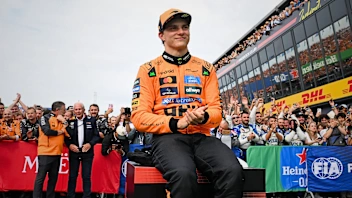 Hinchcliffe'History shows Piastri will be even better in 2026'
Hinchcliffe'History shows Piastri will be even better in 2026' Albon names moment he's most proud of from 2025
Albon names moment he's most proud of from 2025 The best moments from F1 Secret Santa over the years
The best moments from F1 Secret Santa over the years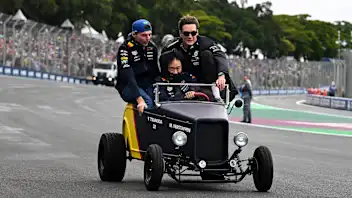 Best radio and more – F1's 2025 alternative awards
Best radio and more – F1's 2025 alternative awards
